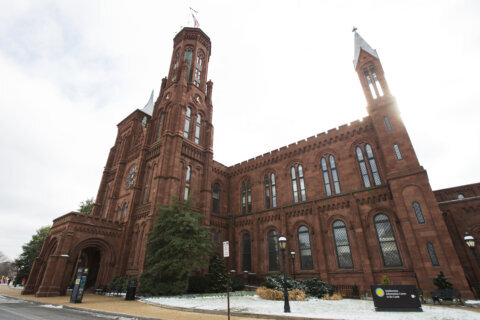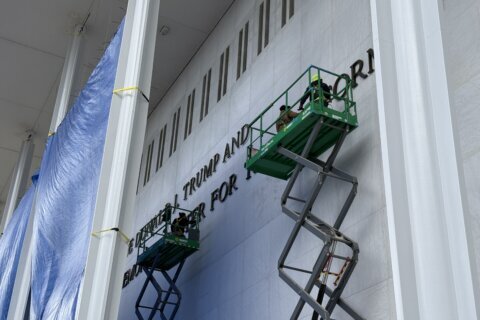A D.C. nonprofit that works to support children in under-resourced neighborhoods has some ideas on how to reduce the recent uptick in gun violence in the District.
“I feel like the mindset for years has been waiting to see what happens and then react,” Rahaman Kilpatrick, director of family engagement & advocacy with Horton’s Kids, said. “We have to be there before it happens.”
Horton’s Kids serves 500 kids from kindergarten through 12th grade living in Wellington Park and Stanton Oaks. The group helps prepare them for college, careers and life in general.
Kilpatrick, who also runs a men’s group, believes in teaching people that there are several different options aside from gun violence, such as solving problems — ranging from battling tempers to relationships with families or their own children, for example.
“OK, well let’s brainstorm ways that we can do different things to calm your temper down,” Kilpatrick said. “Let me give you different ideas on what you can do to be a better father or a better husband.”
In recent weeks, D.C. has had a string of shootings that have grabbed national attention.
On July 16, 6-year-old Nyiah Courtney was shot and killed waiting for a bus with her mother in Congress Heights.
The following night, gunshots rang out outside Nationals Park, where fans at a home game against the San Diego Padres began to panic and ran in all directions to get to safety. That shooting left three people hurt.
And several nights later on July 22, a shooting along the busy 14th Street corridor near Logan Circle sent people who were shopping and dining outside running for cover.
Kilpatrick hopes that the attention brought to these shootings will spur location action, but he said that the work his group does continues every day regardless.
“The [Nats Park shooting] is definitely going to get the national attention; but in communities we serve, this is something that parents and children constantly have to deal with.”
Kilpatrick, who’s worked with youth in Southeast D.C. for more than 20 years, said he’s always been a proponent of healing communities from within.
“A lot of times, people want to try and heal it from afar because they don’t want to get into the community,” Kilpatrick said. “That’s our No. 1 thing. We want to be here in the community.”








